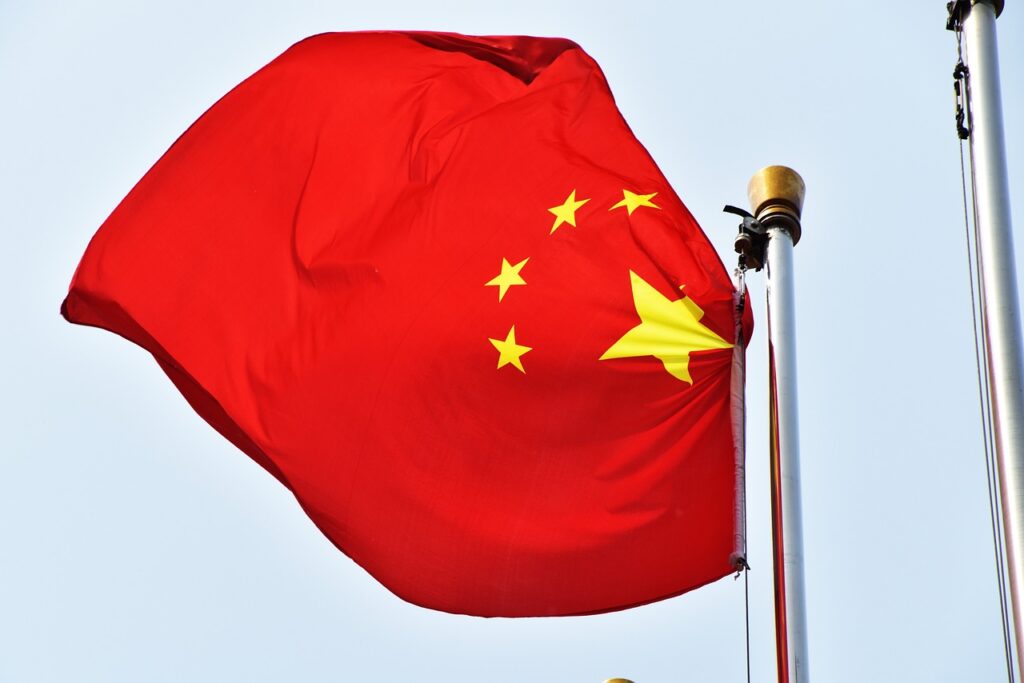President-elect Donald Trump has announced plans to impose substantial tariffs on imports from Mexico, Canada, and China. Framing the move as part of his efforts to address illegal immigration, drug trafficking, and trade imbalances, Trump’s proposals signal a potentially dramatic shift in U.S. economic and foreign policy.
Targeting Mexico and Canada with 25% Tariffs
Trump revealed that one of his first executive actions would be a 25% tariff on all imports from Mexico and Canada. He tied the measure to demands for stricter controls on illegal immigration and drug trafficking, particularly fentanyl, across U.S. borders.
“On January 20th, I will sign all necessary documents to charge Mexico and Canada a 25% tariff on ALL products coming into the United States and its ridiculous Open Borders,” Trump announced on Truth Social.
These tariffs, he noted, would remain until both nations took stronger steps to prevent illicit border crossings and the drug trade.
China Faces Additional Tariffs
China, too, is in Trump’s crosshairs, with plans for an additional 10% tariff on all Chinese imports. He cited Beijing’s failure to control the export of precursor chemicals used by drug cartels to produce fentanyl, a synthetic opioid that has contributed to a severe drug crisis in the United States.
Trump expressed frustration with past negotiations, stating, “I have had many talks with China about the massive amounts of drugs, in particular fentanyl, being sent into the United States – but to no avail. Until such time as they stop, we will be charging China an additional 10% tariff.”
China quickly responded, warning that escalating trade tensions would harm all parties. A spokesperson for China’s embassy pointed to ongoing cooperation with U.S. law enforcement on anti-drug efforts and dismissed the accusations as baseless.
Economic Repercussions and Market Response
Trump’s tariff announcements sent shockwaves through global markets. The U.S. dollar surged to multi-month highs against the Mexican peso and Canadian dollar, while gaining strength against China’s yuan. Stock markets in Asia and Europe saw declines as investors reacted to the heightened trade uncertainty.
Critics warned that these tariffs would lead to higher prices for U.S. consumers. Economists have frequently described tariffs as hidden taxes, shifting costs onto households. Robert Reich, former U.S. labor secretary, highlighted this concern, saying, “A tariff is essentially a sales tax, raising the price of almost everything you buy.”
According to the Peterson Institute for International Economics, the proposed tariffs could cost American households an average of $2,600 annually.
Impact on Trade Agreements
Experts believe Trump’s aggressive tariff strategy may be aimed at renegotiating the U.S.-Mexico-Canada Agreement (USMCA), which isn’t scheduled for renewal until 2026. By threatening new tariffs, Trump could pressure both neighbors into revisiting terms early.
Wendy Cutler, vice president of the Asia Society Policy Institute and a former U.S. trade official, noted, “Mexico and Canada remain heavily dependent on the U.S. market, so their ability to resist Trump’s demands is limited.”
Currently, over 80% of Mexico’s exports and 75% of Canada’s exports go to the United States, underscoring their vulnerability to such trade actions.
A Familiar Tactic
Trump’s use of tariffs echoes strategies from his first presidency, where he employed them to negotiate trade deals and promote domestic manufacturing. On the campaign trail, he frequently touted tariffs as an effective tool for strengthening the U.S. economy and reducing reliance on foreign goods.
Though the proposed 10% tariff on Chinese imports is lower than previous threats, analysts view it as a potential opening salvo in a broader negotiation. China’s current economic vulnerabilities, including a prolonged property downturn and weak domestic demand, may make it more susceptible to pressure than during the earlier U.S.-China trade war.
Future Implications
The tariff proposals have sparked debate over their potential benefits and risks. Proponents argue they could help secure economic and political gains for the United States, while critics caution against the possibility of retaliatory measures and higher costs for American consumers.
As Trump’s policies take shape, the global economy braces for the potential ripple effects of renewed trade tensions and shifts in the international economic order.


